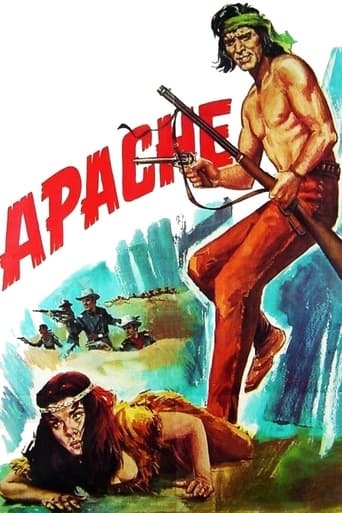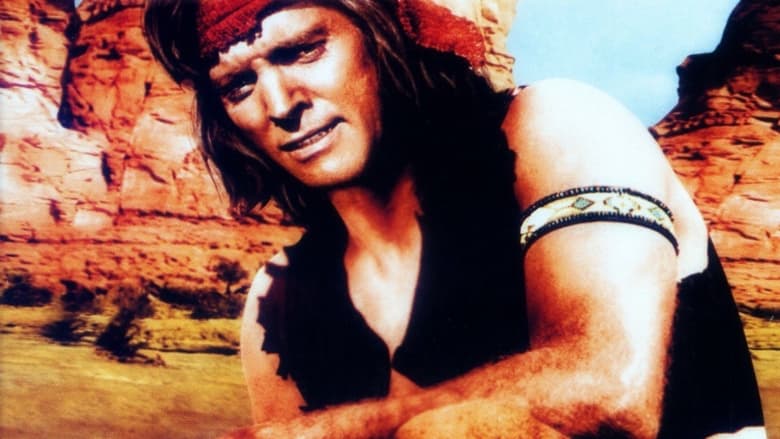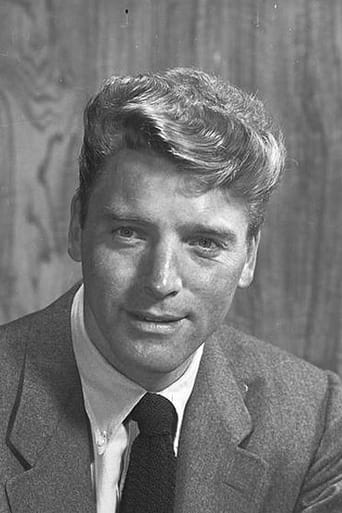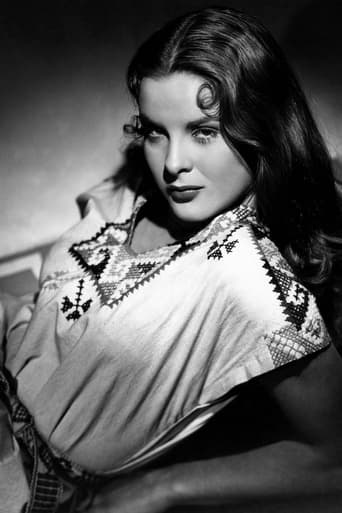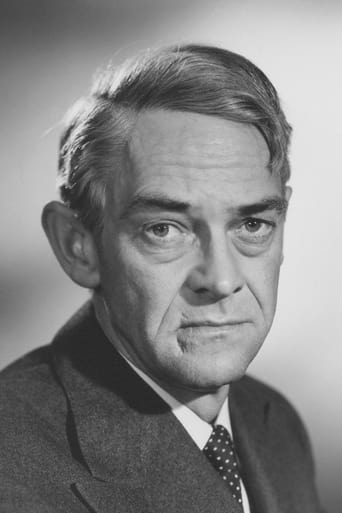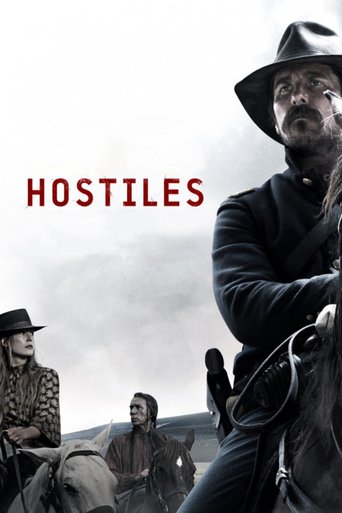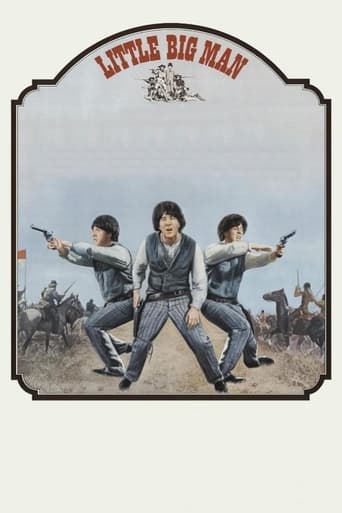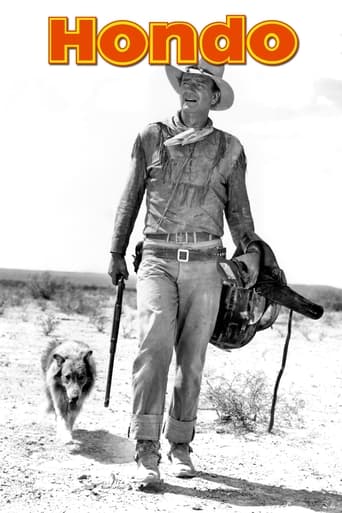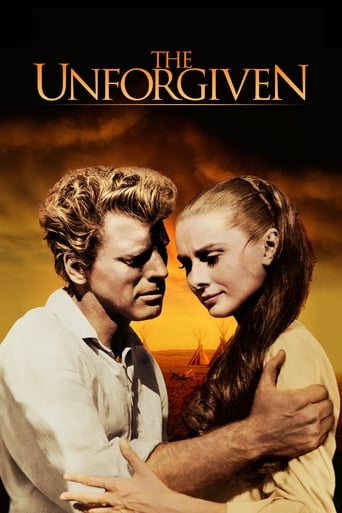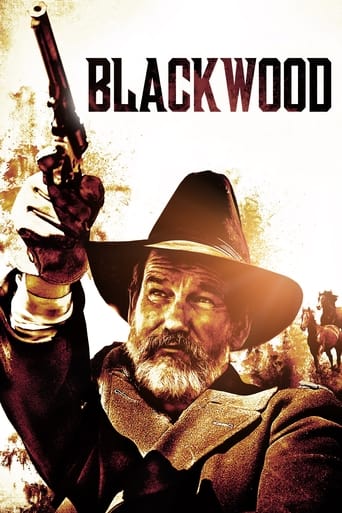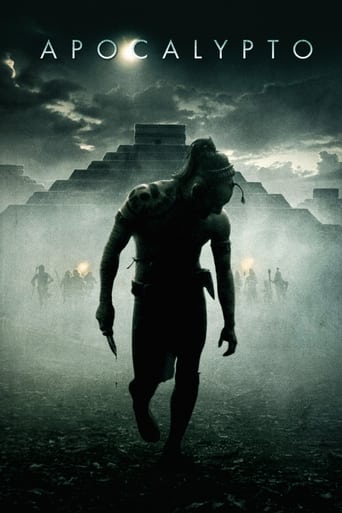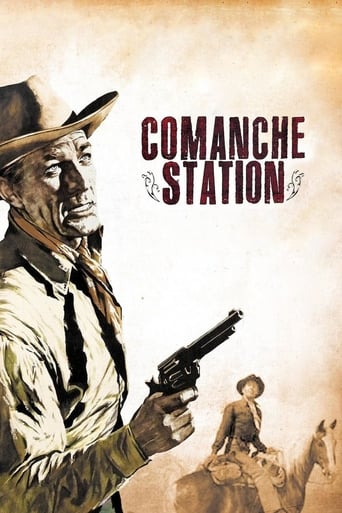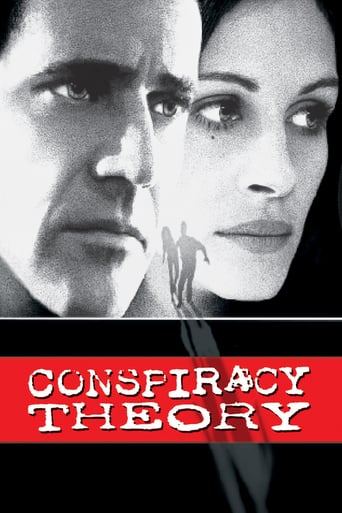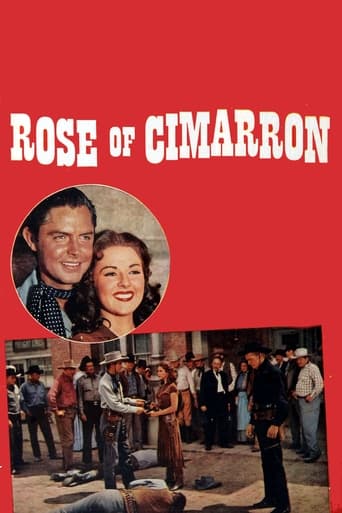Apache (1954)
Following the surrender of Geronimo, Massai, the last Apache warrior is captured and scheduled for transportation to a Florida reservation. On the way he manages to escape and heads for his homeland to win back his girl and settle down to grow crops. His pursuers have other ideas though.
Watch Trailer
Cast


Similar titles
Reviews
THIS PRODUCTION IS one of many contradictions. It tries hard to show us the view of history from the perspective of the American Indian. The tribe of choice here is obvious from the very title. They were also among the most ferocious fighters on the face of the earth.IN HERE LIES the problem for at appears that this production from Burt's own Hecht-Lancaster Productions/United Artists attempts to show it all, but sophomoric-ally tends to romanticize the situation.THERE IS NO denying that the various tribes that populated what is now the USA had suffered some great deal of high-handed, unfair and double dealing when it came to their status as citizens and even as being human. There were multiple cases of our Federal Government's habit of unilaterally violating treaties and other agreements made with the various Indian nations.WE HADN'T SEEN this film since its initial release in 1954. We caught it on cable and the handy-dandy DVR. Somehow it seemed less spectacular and more formula.THERE APPEARS TO be a tendency to romanticize the civilizations of those less technologically advanced as being some how more naturally virtuous. Hence we have the myth of "the Noble Savage." The operational, though false, premise being that the primitives are somehow closer to Nature and to God.THIS PRODUCTION STRIKES a sort of middle of the road approach between the tribal ways of life and the harsh treatment delivered by the Feds. It is our contention that the former is soft-soaped while the latter is at least somewhat exaggerated.AS FOR THE portrayal and characterization of the main character, Massai, it has its ups and downs.TO BEGIN WITH, his super stoic, anti-social and savagely brutal mindset appears to be contradicted by his intuitive rationale and sense of fair play. A definite duplicity and contradiction exists in the portrayal.ANOTHER AREA OF dramatizing that has some great variety to its part in the story is the wardrobe modeled by Mr. Lancaster as solo warrior, Massai. One ensemble is definitely on the right track and features some leather vest and long pants, topped off with the required wrap around kerchief tied around the head. Another puts us in mind of something that he would have purchased from Eddie Bauer's or Lands End.
I'm always curious about the casting of name actors in Native American roles. You had Chuck Connors as the title character in 1962's "Geronimo" and Paul Newman did a respectable job in 1967's "Hombre". The thing with me is, I don't have so much a problem with white actors cast as Indians, but more so in the fact that their celebrity serves as a distraction in watching the picture. That's the issue here as well, with Burt Lancaster in the role of Apache warrior Massai, most of the time I was watching Lancaster the actor while trying to pay attention to the story.About the only thing that's historically accurate in this film is the capture of Massai the first time and his escape from the prison train. All the rest is poetic license taken for the sake of the story, so on that basis you'll have to judge for yourself. The real Massai virtually disappeared once he returned to New Mexico-Arizona Territory, raiding along the border and occasionally seeking refuge in Mexico. He kidnapped and married a Mescalero Apache girl and had six children with her. The idea presented in the movie that Massai could walk away from the Cavalry after killing a number of soldiers and scouts is plainly laughable, but Hollywood in the Fifties wouldn't have drawn an audience without a feel good ending.The one thing the film does have going for it is the Indian dialog. There are some thoughtful conversations among the Native characters on screen, and one idea that intrigued me came from Santos (Paul Guilfoyle), father of Nalinle (Jean Peters). He stated that "even a hawk is an eagle among crows". I liked that imagery, it reminded me of a similar saying having to do with a one eyed man being king in the land of the blind.The other thing that got my attention had to do with the egotistical and vicious bounty hunter Weddle (John Dehner). That time he walked into the trading post for supplies, one of the things he asked for was 'saleratus'. I couldn't let that one go and had to look it up. Wouldn't you know, he could have made things a whole lot easier by simply asking for baking soda.
I enjoyed cowboy movies when I was young, but after TV and Hollywood together beat the genre to death with over-exposure and triteness (to be supplanted by space operas, car chases/explosions and, now zombie/vampire adventures), I wasn't sorry to see westerns die their slow death... though an occasional decent one pops up now and agin. The silliness of the casting and the seemingly requisite neat, dry-cleaned look of every single soldier and saddle tramp, just gets in the way of anything special this movie might have had when first conceived.What has me really puzzled about this movie is why Burt Lancaster would put himself in such a thing. It was, after all, a "Hecht-Lancaster Presentation," so, presumably, he would have had control over its creation. I guess Burt, an actor I have long admired, saw this as a step forward by adding some shades of gray to Hollywood's usual depiction of the Indian "savages." It is a bad movie, chock full of poorly-acted stereotypes, clichéd situations and unbelievable events. A few of my *favorites* - Burt, single-handed, turns over a wagon with two full-size bad guys in it. The almost virgin birth of his child: After doing almost everything allowable in a movie of this type (including clubbing the would-be girl friend), they finally get to romance and in the blink of an eye, she is pregnant, goes full term without a hint of a bulge and delivers her first child unassisted after about a 5 minute labor (while she is, seemingly, bed-ridden from having been tending the crops which are growing nicely in some of the driest soil ever photographed).Speaking of the soil: I re-watched this warhorse of a flick (Why do folks here consider this a great Altman movie?) after many years because it is on a long list of films shot in or around Sedona, Arizona. I have visited Sedona twice. It's redrock towers are a sight to behold and it is clear why it was a favored location. Even now, with most of the beautiful hills adorned by dense necklaces of cute SW modern homes and condos, occupied by the upscale folk who can afford to live there, it still has much to beguile. If you visit, check out the local funky museum and, while taking in the old photos and wrangler gear, ponder what we have wrought. If you are like me, you may wonder why such transitions seem so tragically inevitable.
Apart from Burt Lancaster's macho warrior performance, this movie is also saved by Robert Aldrich's direction. It's not brilliant in any sense, but pure enough to tell a story with some unique moments that give it his trade mark. Also the subject matter of an Indian being a hero was not common in the 1950s. It was a brave attempt to create empathy for the Indian Warrior, but it was not difficult because Burt Lancaster played it perfectly in a heroic campy style. I know, white folks playing Indigenous roles can sometimes put you off, but because of the time period it was made in, I decided to let it go and enjoy this Western romp because Lancaster is my all time favorite actors, and I was always interested in Aldrich as an accomplish director who had his own style that suited this film to perfection.

